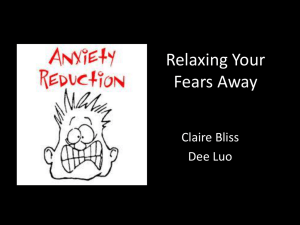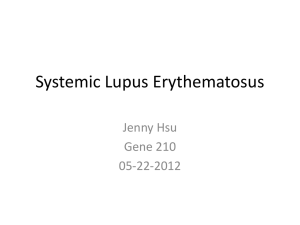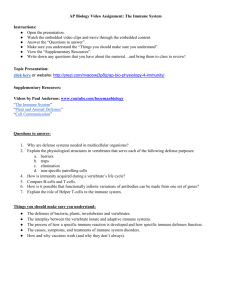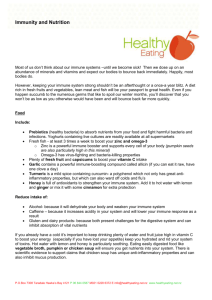LTJan24
advertisement
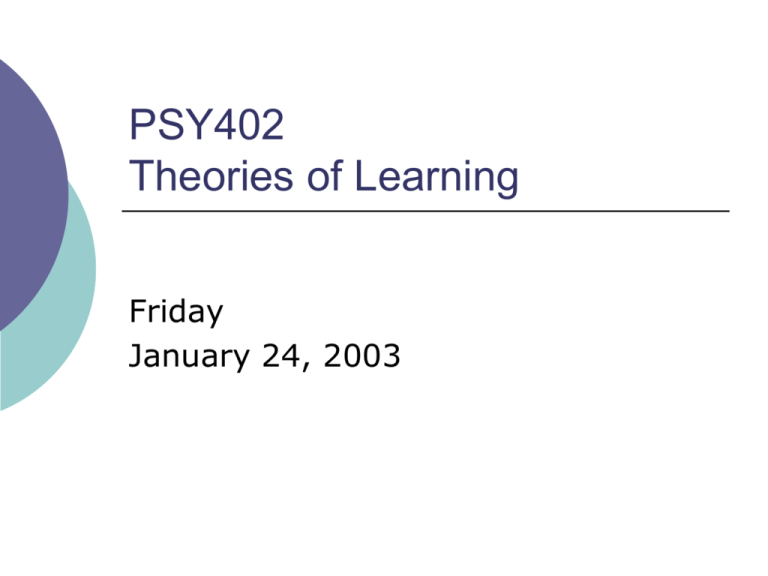
PSY402 Theories of Learning Friday January 24, 2003 Applications of Conditioning Treatment of phobias Treatment of addictions Systematic desensitization Elimination of conditioned withdrawal reactions Enhancement of drugs used to treat immune system disorders Lupus, AIDS How a Phobia Works A phobia is an unrealistic fear. A learning experience causes fear to become associated with a neutral stimulus. Avoidance prevents extinction. The stimulus is generalized. Eventually, too many experiences must be avoided and a person’s functioning is impaired. Systematic Desensitization Wolpe applied ideas from classical conditioning to treatment of phobia. Reciprocal inhibition – an organism can only feel one emotion at a time. Mary Cover Jones – used counterconditioning to extinguish fear. Cats could be counterconditioned using food. Clinical Procedure Construct an anxiety hierarchy. Teach a relaxation response. Cue-controlled relaxation. Counterconditioning – pairing of relaxation with imagined feared stimuli, starting with least scary. Assessment of whether the treatment worked – interacting with the feared stimulus. Effectiveness of Desensitization Wolpe reported 90% success rate, compared to 60% for psychoanalysis. 12-29 sessions Relapse after 1-3 yrs easily treated. Works with a wide range of fears. Can also be used with anxiety disorders. Limitations on Desensitization The client must be able to vividly imagine the feared stimulus. 10% cannot do this. Confrontation of a real rather than an imagined object is more effective. Difficult for the client to endure the anxiety associated with this. Virtual Reality Desensitization Graded height-related stimuli presented via virtual reality were effective in treating acrophobia. Subjects were able to endure real stimuli after virtual treatment. Successful in treating spider phobia. Treatment of Withdrawal Conditioned withdrawal reaction – environmental cues become associated with withdrawal stage. Exposure to cues triggers symptoms. Withdrawal motivates substance use. Extinction by exposure to environmental cues is needed. Virtual reality also used to treat addictions. Treatment of Immune Disorders Lupus, AIDS are immune system disorders. Treated using drugs that either boost or suppress immune system response. Classical conditioning can be used to produce the results of such drugs without the side effects or cost. Immune System Conditioning Cyclophosphamide used to induce nausea during flavor-aversion learning also immunosuppressant. The saccharin-flavored water used as a CS caused several rats to die. The drug reaction occurred without the drug – the CS evoked immune system suppression. Also works with other drugs. Treatment of Lupus & AIDS Rats given saccharin paired with cyclophosphamide had slower lupus progression and lower mortality. A girl treated for lupus was able to use half as much drug when paired with a distinctive taste and smell. Sherbet paired with adrenaline enhances immune functioning for AIDS treatment.


